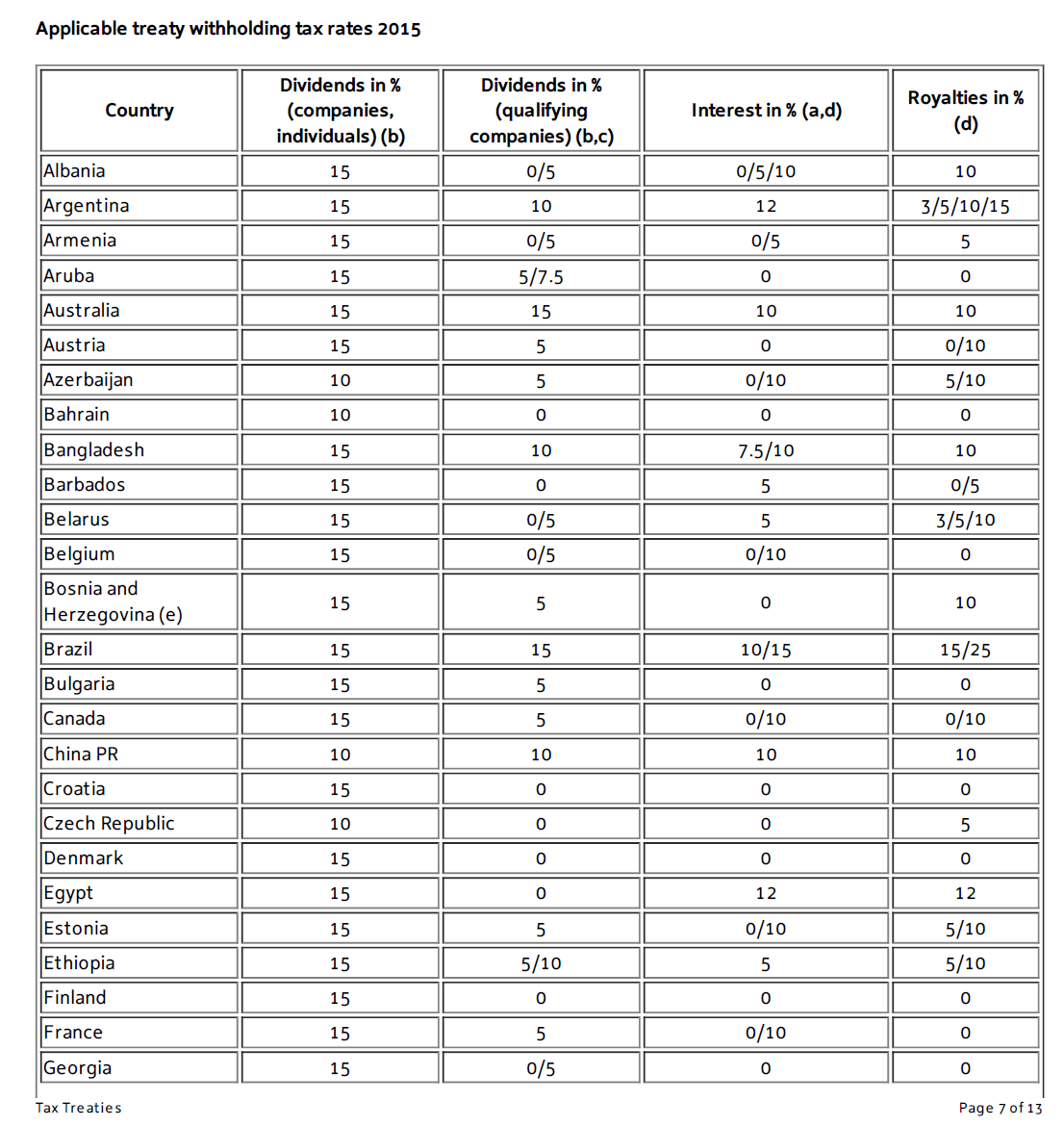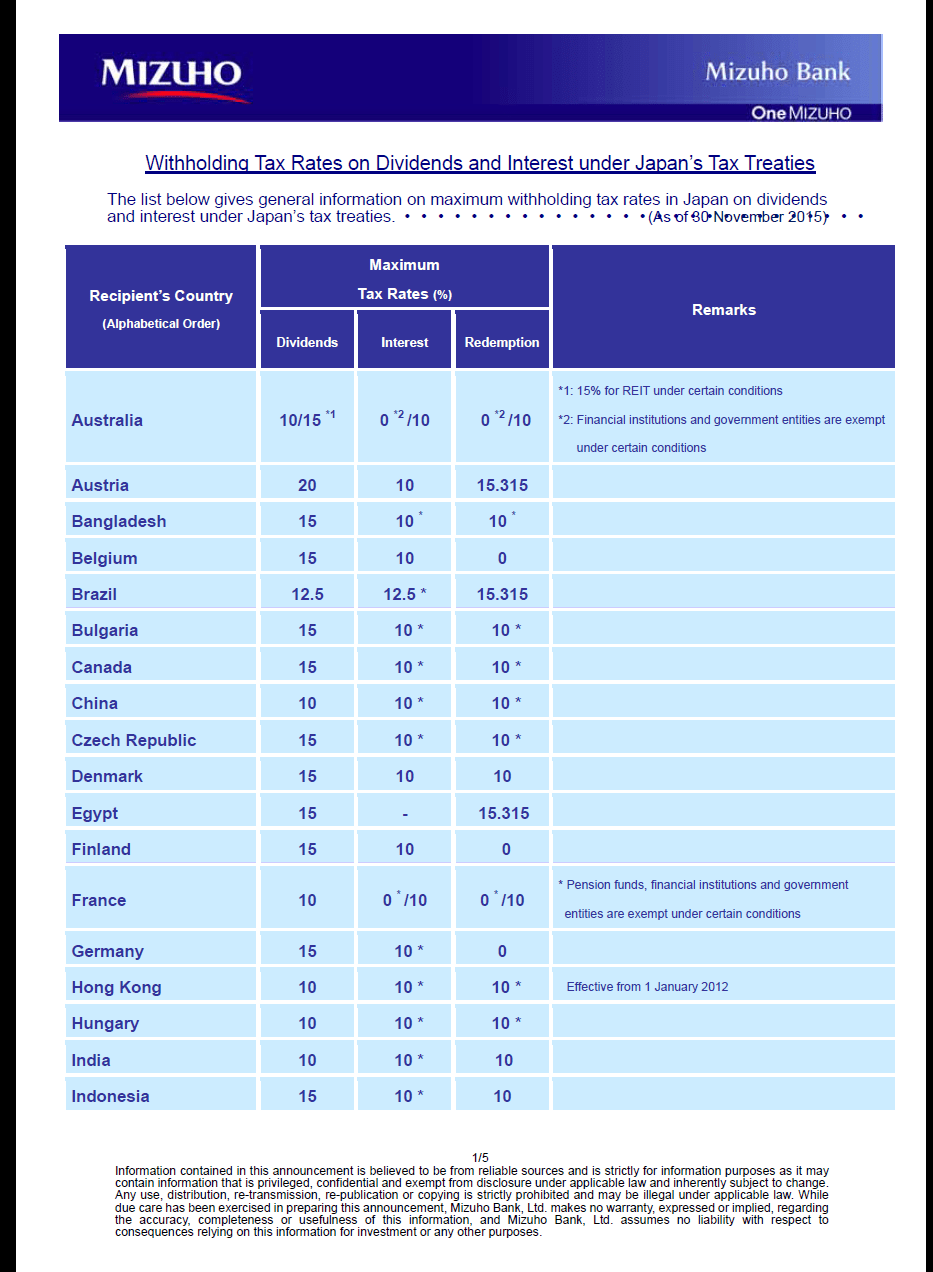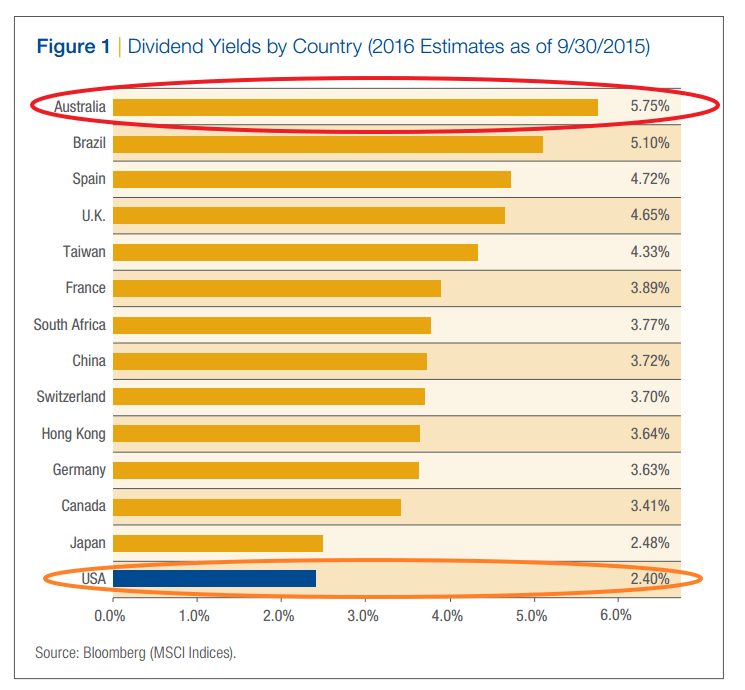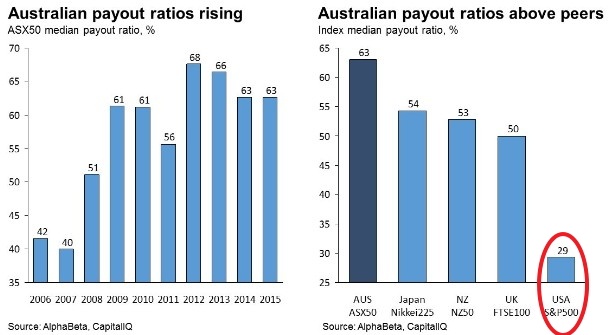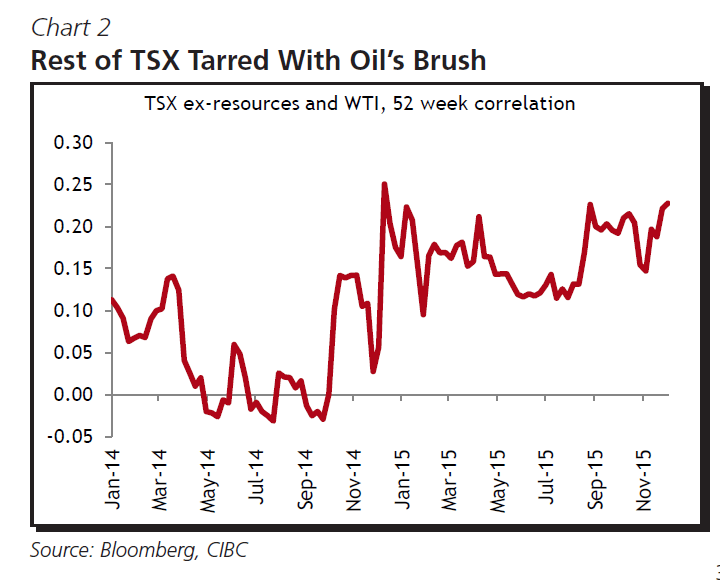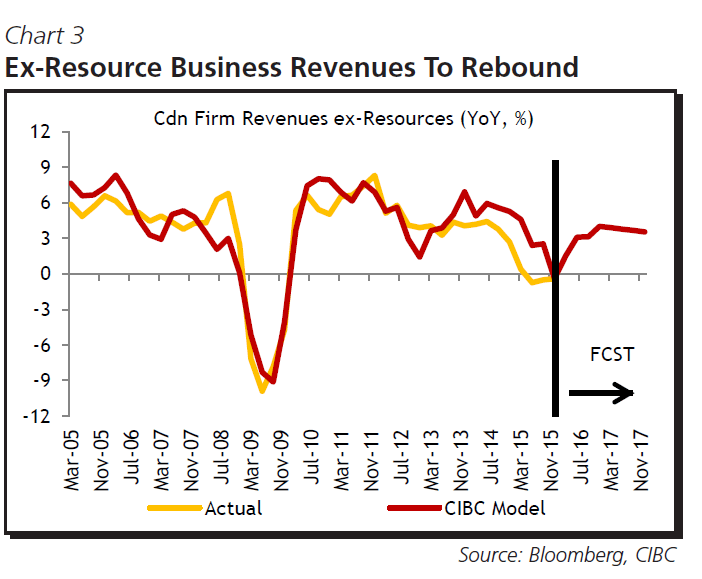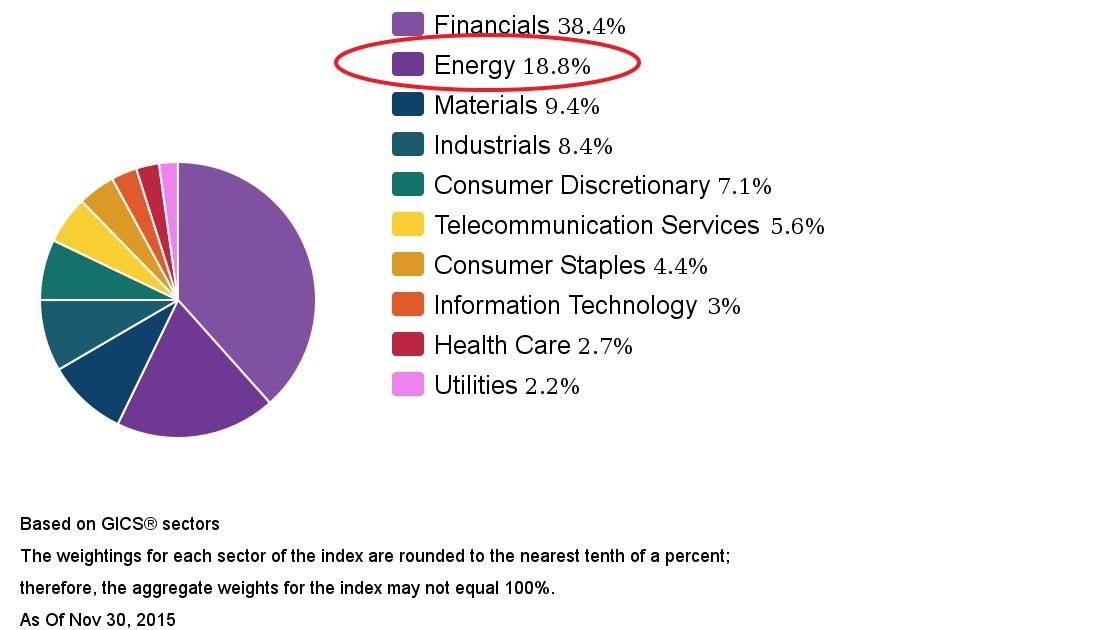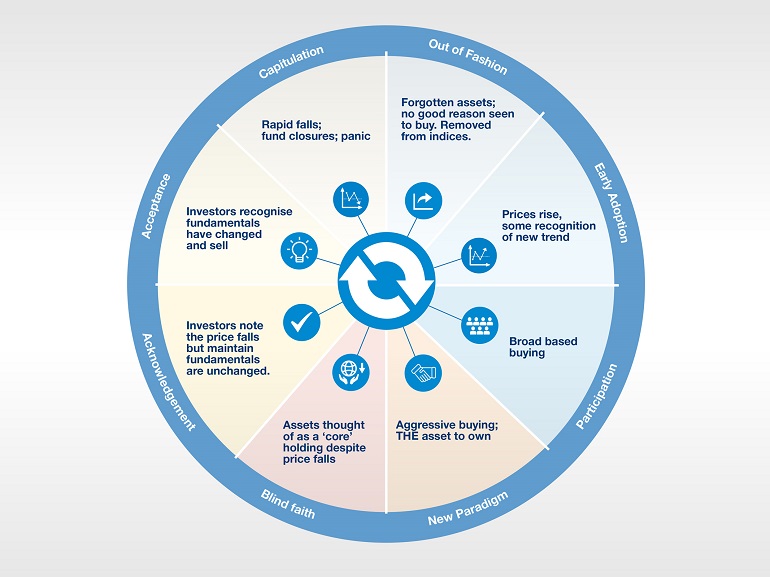The Dutch dividend withholding tax rates for treaty countries for 2015 is listed in the table below:
Click to enlarge
Source: Invest in Holland
To check the tax rates for all countries click the above image to open the table in pdf format.
For US residents Holland charges 15% in taxes on dividends paid out by Dutch companies.
Download: Dutch Dividend Withholding Tax Rates For Tax Treaty Countries 2015 (pdf)
